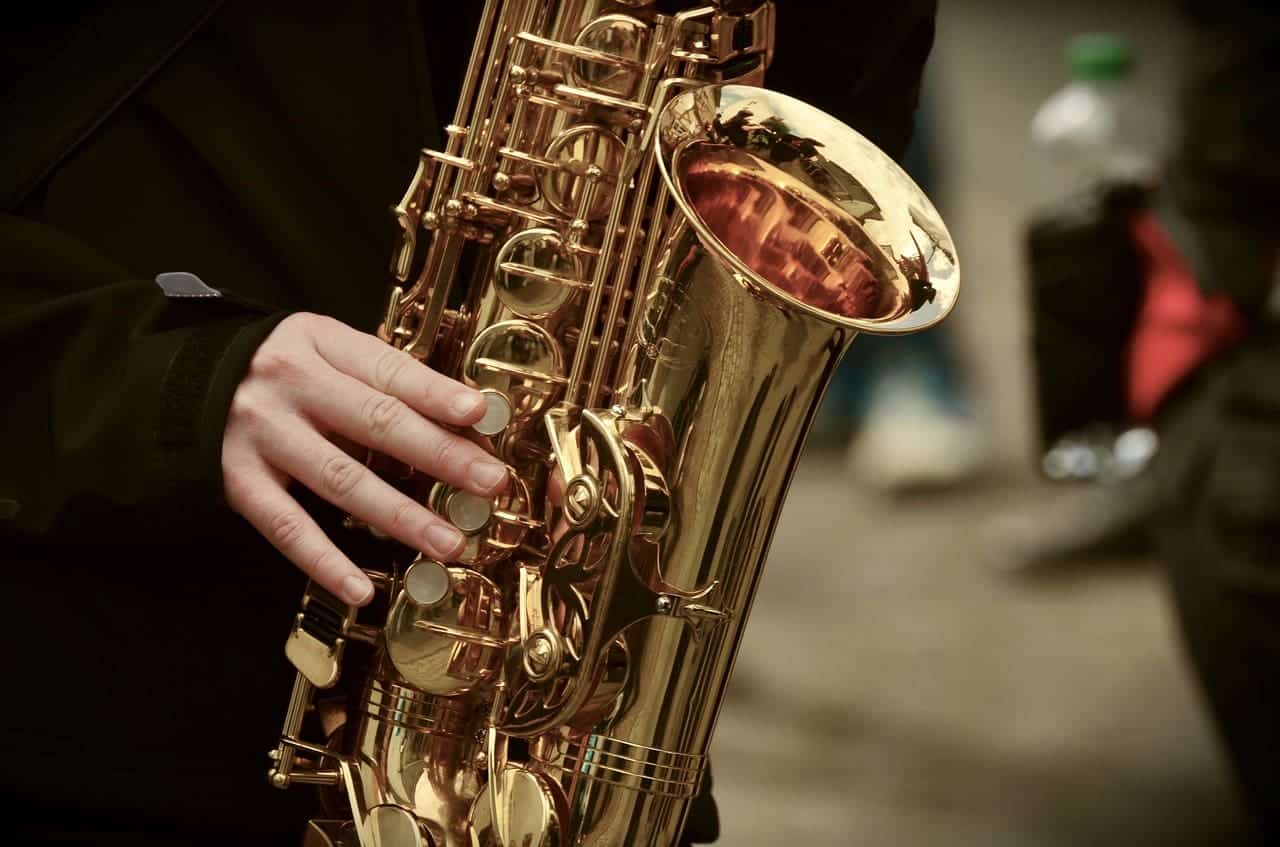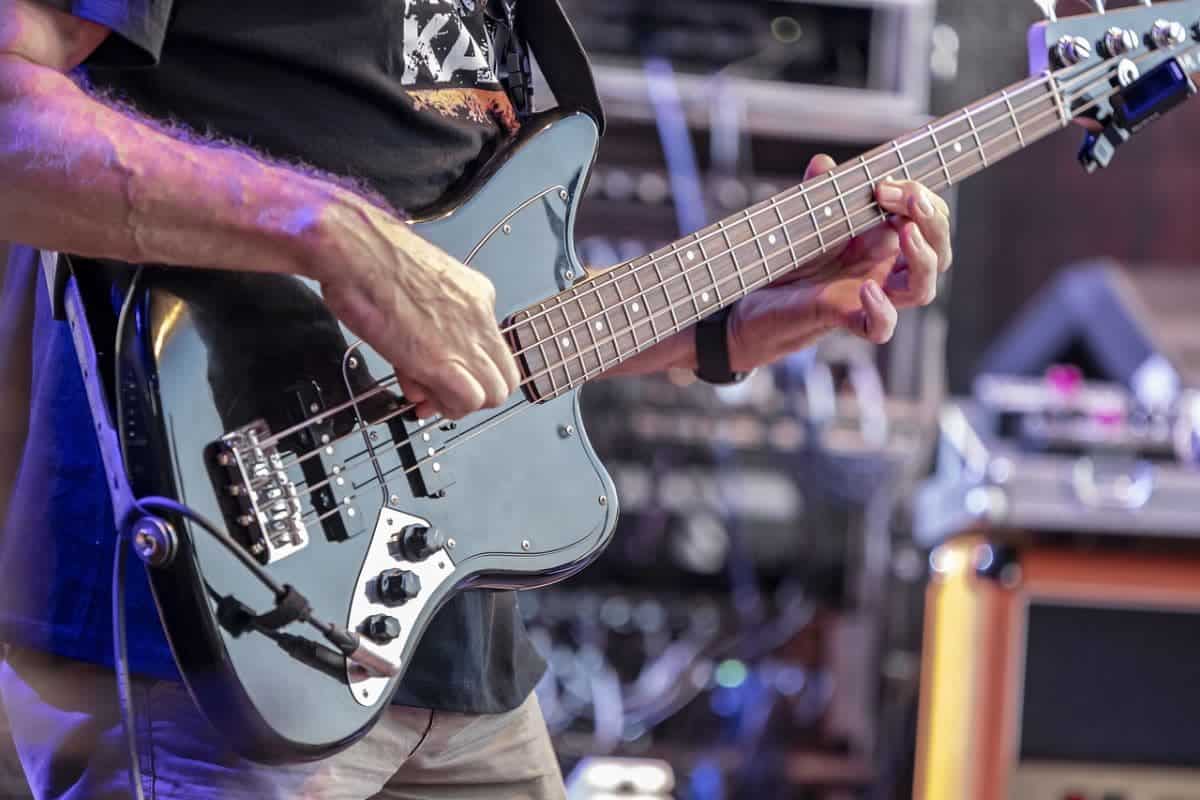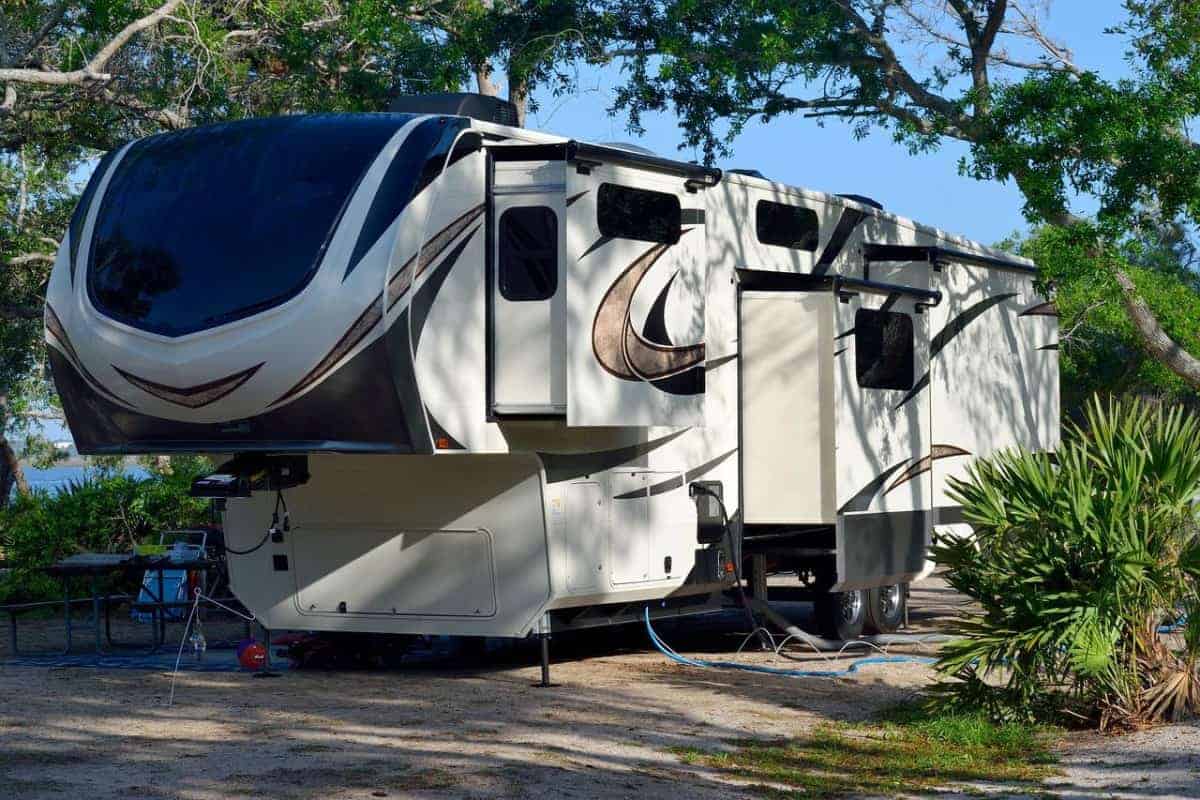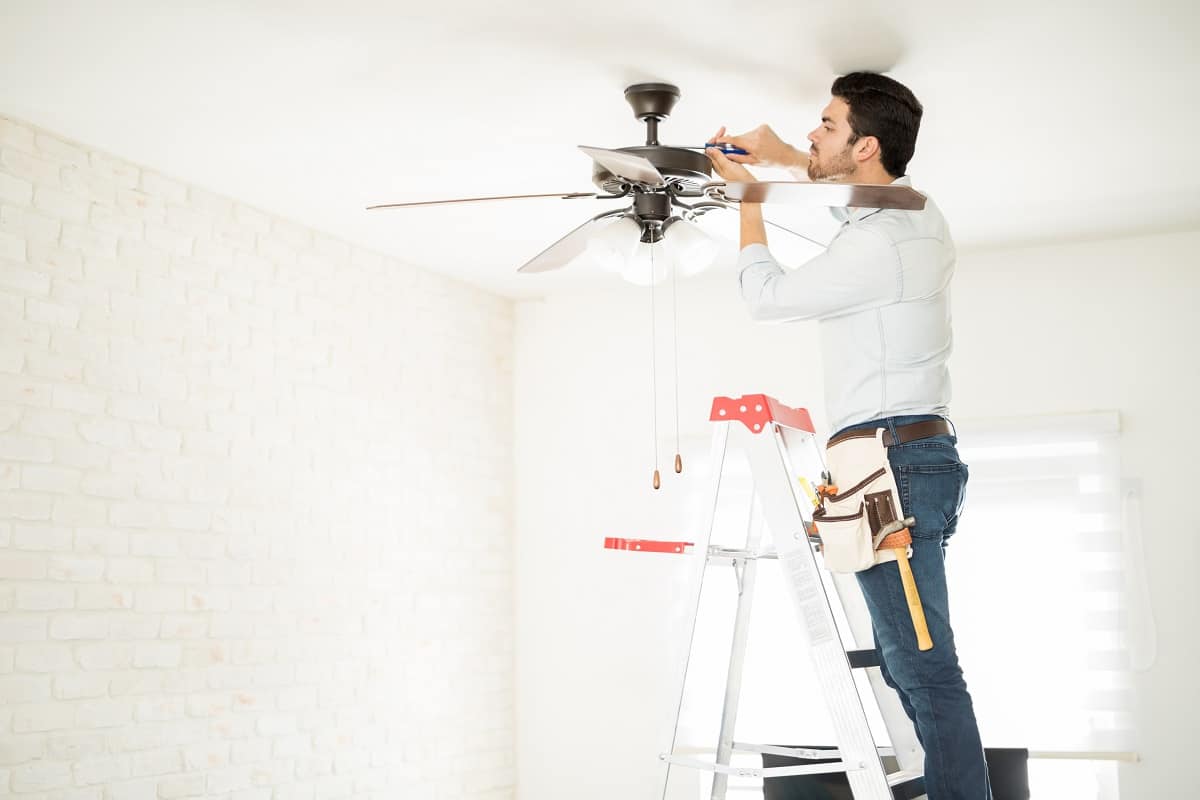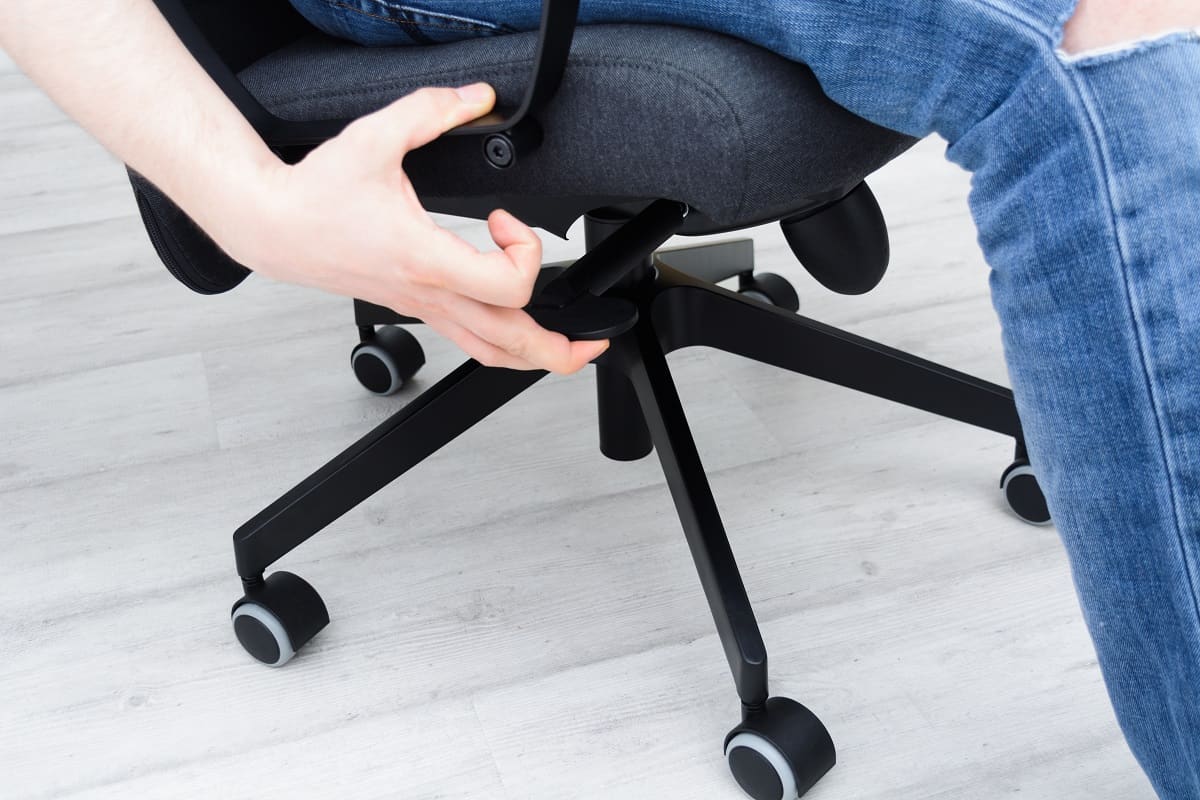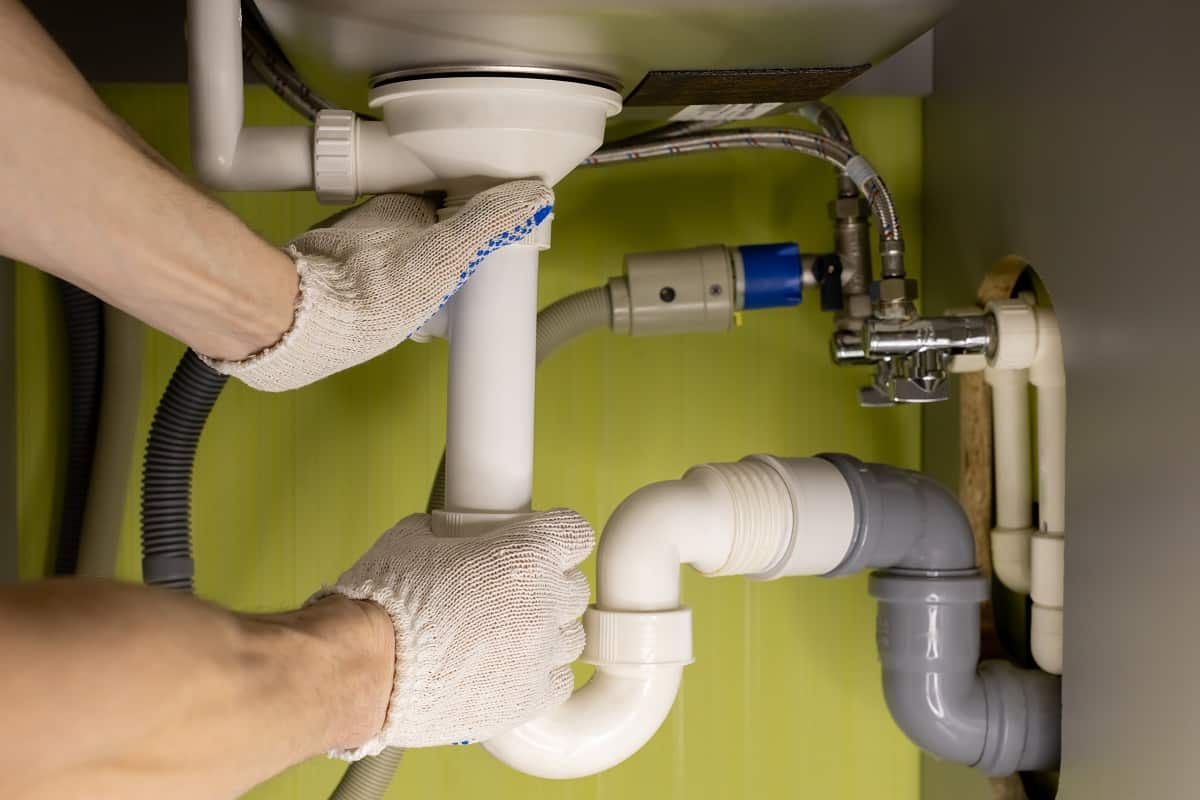Motorcycle helmets are a critical part of riding safely, and it’s hard to find one that fits your head.
Helmets have a hard outer shell, and an affected-absorbing liner. They absorb the force of high-speed affects that can occur when riding motorcycles at freeway speeds or in emergency situations.
Helmets protect against single crashes. But they protect even for the roughest ones. Even light bruises can lead to the helmet’s protection waning.
It’s very important for riders to know what kind of helmet to wear for their particular style of riding.
In this article, I’m going to talk about motorcycle helmet brands you should avoid at all costs.
These companies don’t take safety seriously, they produce their helmets in factories without quality control standards, and the result is an unsafe product that will not protect your head when you need it most. Stay safe on the road by avoiding these brands.
Why Wearing a Good Helmet is Crucial
Safety is the key reason to wearing a good helmet. They are supposed to help you when a crash happens. You’ll most likely get thrown out of your motorcycle and into the street. A good helmet will protect your head from the road, saving your life.
Motorcycle helmets save lives. In a crash, the bike or other car might hit your head and you could have a severe injury to it if you aren’t wearing a helmet. But with motorcycle helmets on, those injuries won’t happen as easily, so that’s why people should wear them all the time when riding a motorcycle.
It is hard for a motorcycle rider to find the right helmet because there are many types, and they come in different sizes. Some helmets have harder shells and soft liners. These protect riders from crashes when the rider is going fast on a motorcycle or has an emergency crash. But these helmets can’t be used too much because every crash weakens them a little, so it’s important that you get a new one after that happens.
The Motorcycle Helmets
There are five main types of motorcycle helmets, each with their own strengths and weaknesses.
The first type is the full-face helmet, which has a hard outer shell and an inner liner that absorbs shock from crashes. This works best for heavy freeway riding because it’s durable enough to handle high speeds without breaking on impact with cars or road debris.
Another kind is a short helmet which is a half-helmet with an open face. Riders use these when they want to feel the wind on their faces, but don’t want to risk having no protection from head injuries at all in case of a crash. These are by far the least secure, and we only recommend them in rural areas. The protection they offer is minimal.
A third kind is an off-road or motocross helmet- it’s used by dirt bike riders and has a hard outer shell with air intakes. This is to make it lighter, so the rider doesn’t get tired from wearing a heavy helmet when going fast on the dirt track.
The fourth type of motorcycle helmets are open face or three-quarter helmets which have no chin bar but still protect against affects because they have an inner liner that absorbs shock. These are best for people who don’t want to use a full-face helmet because they aren’t going fast, and only plan on riding around town or taking the bike out to go get groceries.
The last type of motorcycle helmets is half shell helmets which have no inner liner so you can wear earbuds with them if desired. These are good for riders who don’t want to wear a full-face helmet but still want some protection from effects.
Keep these types in mind when you’re trying to decide which one is right for your next motorcycle ride. It’s important that you protect yourself and keep safe on the road by wearing helmets that fit, and offer protection if something happens.
The Certifications to Look for
Motorcycle helmets are made with different materials, and they come in many styles.
One of the most important parts is to make sure your helmet has a DOT certification sticker on it. This means that it meets safety standards set by the U.S. government and must be sold within America
- The Snell certification is another type you should look for. This is an even higher standard than the DOT certification, so it’s an bonus to make sure you have a Snell sticker on your helmet.
- ANSI certification is third you should look for, and it is made by the American National Standards Institute.
- The SHARP certification comes from the UK, and it uses a thorough testing method. It’s easily the most objective and best standard to look for. If you had to pick only one certification, then SHARP would be the one.
- There are three other certifications that helmets have to meet in order to be sold on the market: ECE certification from Europe, AS/NZS certification from Australia, and JIS T82 certification which comes from Japan. You can find these certifications on the helmets sold in America.
Each of them is a different standard, and each offers a certain amount of protection against affects. It’s best to use all five standards when buying your next helmet because they make sure you have something that can handle an accident no matter what happens out there on the road.
Warning: the DOT certification by itself is usually not enough. It’s the bare minimum protection, but it won’t save your head from harsh crashes.
Additional Info on Helmet Safety
If you can’t find any information about the helmet’s certifications, you can still check yourself if they’re ok. The United States Department of Transport released a document detailing what to look for.
Here are the most important pointers:
- Weight of helmet. If it’s less than 1 pound, it’s going to break in half like a watermelon when it hits the road. Even at low speeds.
- Inner line thickness. A thin inner line will not absorb the impact, meaning you’ll still damage your head in a crash.
- Sturdy chin strap and rivets. What’s the point of buying a helmet if it’s going to slip away the moment a moderate force applies to it.
- Certifications labels. DOT, Snell, ANSI, or ECE 22.05.
- Manufacturer’s labeling. If there’s no label telling you how to keep care of the helmet and how to use, it is most likely not meeting any quality standard.
The 6 Worst Motorcycle Helmet Brands to Avoid
There are quite a few brands which don’t produce motorcycle helmets that meet safety standards because they’re cheap and lightweight, but that doesn’t mean you should buy them.
HLN
HLN is your average Chinese no name brand. They have no website and don’t market themselves anywhere, so you won’t find them in shops. They are cheap and lightweight but also dangerous because the foam isn’t up to any standards.
There are videos on the internet of people breaking them in half with just their hand. An HLN helmet will not survive any impact. You’d be better off riding without a helmet (if your state allows you to do so). At least you’d pay more attention to the road because your mind won’t think it’s protected.
Box
Box’s helmets provide terrible protection around the temples. For helmets that start costing quite a bit (~$150), you’d expect them to at least give you great protection. But they don’t.
They are lightweight and cheap, but the foam is too thin to protect your head in a crash. You’d be better off getting something that’s slightly more expensive because it will only cost you money if you get into an accident wearing one of these helmets anyway.
CMS
CMS helmets aren’t worth your time or money. The vents are a joke, and the foam is not thick enough to protect you in most accidents.
It’s lightweight because it has no inner lining at all, which means they don’t care about safety- only weight saving measures. In fact, CMS helmets have been banned from being imported into Europe after several accidents.
They were banned because the helmets don’t meet any safety standards and are therefore not safe to ride with. If you do, you’re taking an enormous risk by wearing one of these around your head every day- things can go from bad to worse in an instant, so it’s best to avoid them altogether.
KBC Helmets
KBC helmets never went past any quality check. If you buy one of these and have a crash, you won’t be protected at all. Since your brain is your most important organ, avoid KBC helmets at all costs.
Safety on the road is way too important to save money on your gear. Save up for a couple more months instead and buy a high-quality helmet. You’re also buying a much more comfortable piece of equipment. Which is very nice when you’re driving your bike daily.
NZI
For a company that sells such costly equipment (both their Premium S and Fibrup models run well over $300), we expected a lot more from them.
The quality of the helmet is not up to par with their price, and it’s a very shoddy product overall. You could get a helmet of comparable price from another brand and enjoy better protection. NZI’s helmets are very low value.
This goes for all of NZI’s models: Convert III, Fibrup, RCV, and Premium S. The latter is the best one of the bunch, and it’s also the most expensive one.
Any Noname Brand found on the Internet
This advice will save you hours of research. If you find a very cheap helmet on the internet, you are most likely getting scammed. There is no way a brand you’ve never heard of is offering top safety standards at such low prices.
Be very careful when buying helmets online because there are always really cheap offers that seem too good to be true or another- usually it’s the quality that suffers in these cases. Avoid this by sticking with well-known brands like Shoei or HJC.
Before Buying a Helmet
There is one thing you must absolutely do before buying a helmet: trying it out.
Some helmets can actually be made for a certain head size, so you need to try them on.
You should also look at how it fits around your cheeks and the back of your neck because if those things aren’t comfortable, then no matter what brand or type of helmet you’re buying- it’s going to suck anyway.
The best way to buy a helmet is to go into a shop and try as many helmets as possible. You should also ask the salesperson for their opinion because they will have an educated eye on what works best for you.
The last thing you want to do is buying something online which doesn’t fit your head properly after all, one size does not fit all.
Finally, check the warranty of any helmet before buying it because some helmets come with a lifetime warranty (as long as they were not involved in accidents). You can’t go wrong by buying one that offers this kind of protection since your head is so important – and it’s impossible to replace.
Conclusions
Buying a helmet that will keep you safe can be complicated. There are plenty of unknown brands out there that aren’t that bad. And some known ones that are less than stellar.
It’s always better to spend a little more on a product you know is of high-quality. If you can’t afford one right now, save for a couple of months.
It’s better to delay such an important purchase than buying an inferior product. And, you’ll have to replace the inferior product soon, anyway. There’s a reason they’re bad. It’ll cost you more in the long run than buying a quality helmet.
Trying to save money on this type of gear is not worth it because your head will be protected only by the helmet you buy. And you can’t replace your head.
Also Read:


